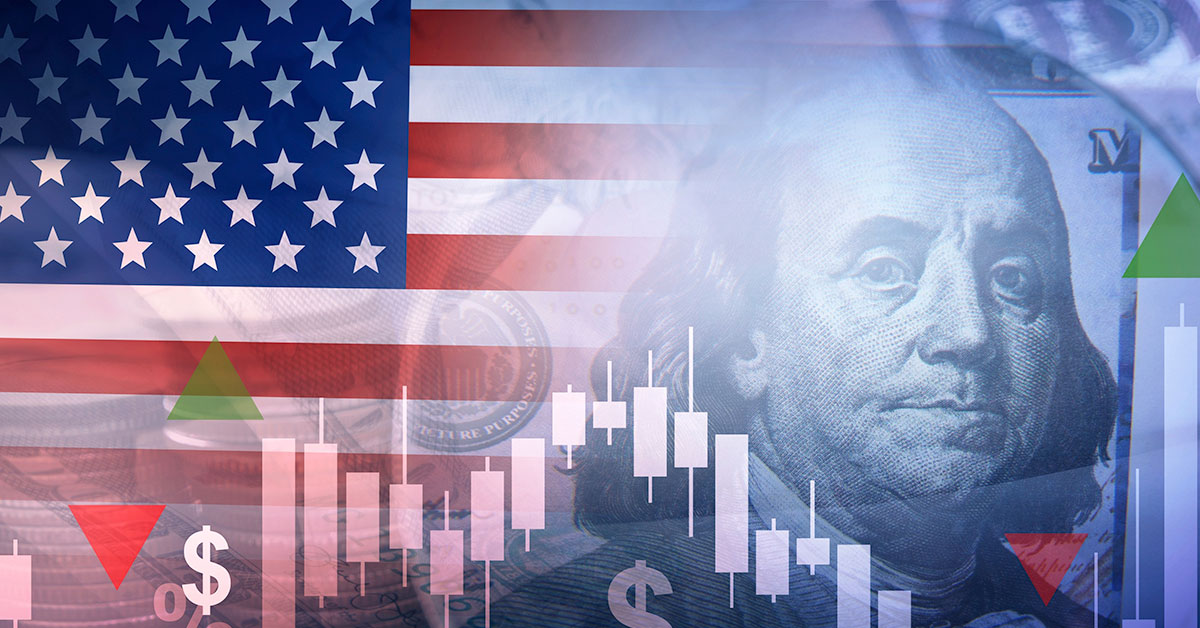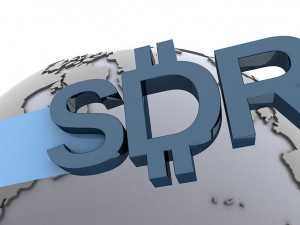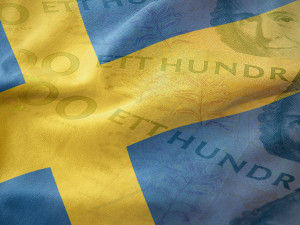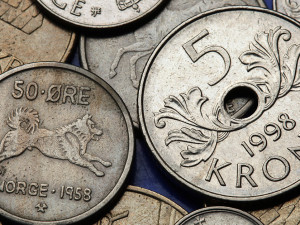
As we enter the ‘tariff era’ of the Trump administration, it is important to understand the impact these changes will have on currencies across the world. Tariffs’ impact on the currency markets is complex and multifaceted, with changes in exchange rates often caused by a number of different factors acting at the same time, whether it be through economic factors, market reactions or global trade dynamics. Throughout this article we will explore the theory behind tariffs’ effect on currency, in combination with historical evidence and emerging movements being seen in the early stages.
How do tariffs affect the value of the US dollar?
At the time of writing, the implementation of tariffs on all imports to the US reflect a significant shift in global trade dynamics, with some notable effects for the US dollar itself. As markets begin reacting, a number of trends are to be expected including:
Immediate market shifts
Expected movements following market turmoil due to tariffs would be investors looking to protect their wealth in safe-haven assets and currencies. As the US dollar is widely considered a safe-haven currency, theory suggests that the US dollar will strengthen. However, in practice, sentiment may not be as predictable as first perceived. Theoretically, foreign currency demand would reduce as imports decrease, potentially increasing demand for the dollar relative to other currencies.
Long-term effects
Downstream effects of high tariffs on imports will be higher consumer prices, as those selling products imported to the US (for example), will either choose to absorb the cost of the tariffs, or pass it onto the consumer. As inflation rises, this may prompt the Federal Reserve to maintain higher interest rates to support the dollar. Alternatively, if economic growth slows significantly, cutting rates could weaken the dollar.
It may be the case that tariffs successfully reduce imports without significant retaliation from the EU or China, for example. In this situation, the US trade deficit may narrow and further support the strength of the dollar. In the case of a retaliation and an escalation to an all out trade war, this effect could be offset by reducing US exports. A stronger dollar will make US exports more expensive for foreign buyers, reducing overall demand for US goods and services.

What role do safe-haven currencies play after tariff announcements?
Following any announcement of tariffs, safe-haven currencies play an important role in global trade as investors flee from risk assets, seeking refuge from market uncertainty.
Flight to safety
In these situations, investors often move towards currencies like the Japanese Yen and Swiss Franc. Perceived as stable, investors hope to hold value in secure currencies during times of economic turmoil. These movements are spurred on by increased market volatility, further enhancing the value of safe-haven assets against other currencies. Some investors seek alternative safe havens, in assets like US treasuries which can give stable returns in uncertain times.
How do investors choose a safe haven currency?
In the recent announcement of US tariffs from the Trump administration, investors have flocked to safe haven currencies like the Japanese yen, over the US dollar. This may be due to the following reasons:
Interest rate differences
Tariff announcements often lead to a decline in US treasury yields, which close the interest gap between the US and Japan. The lower-yielding yen is therefore more attractive to investors who seek safety rather than yield.
Contrasting monetary policy expectation
The Bank of Japan and the Federal Reserve have historically had divergent monetary policy paths during similar conditions. If the Bank of Japan is expected to raise rates, while the Fed is expected to cut them, the yen’s value is further bolstered against the dollar.
Perceived economic impact
Tariffs are commonly believed to be more detrimental to the US economy long term, leading to potential dollar weakness. Alternatively, the yen is typically heralded as a safer bet in times of economic downturn, even if Japan’s economy has also been affected.
Retaliation to tariffs
For global economic growth, a trade war would slow progress, due to reduced trade and investment, contributing to an overall environment of uncertainty and therefore unpredictable effects for currency markets. Retaliation can also increase inflation by raising import costs.
Retaliation comes in many forms:
Counter-tariffs
The imposition of tariffs from other countries on US goods would decrease demand for the dollar, mitigating any initial gains made from the safe-haven influx, for example.
Non-tariff barriers
One of the most common forms of non-tariff retaliations are through import quotas, licensing requirements and sanitary measures that restrict imports from an offending country.
Export controls
Retaliating countries might impose export controls on critical goods or resources, in order to exert leverage over a certain nation. For example, China has implemented export controls on critical minerals.
Sanctions
Measures like freezing assets, transaction bans and firm blacklisting can be used to target key sectors or companies in an opposing country.

Other effects on economic growth
The effects of tariffs are widespread and multifaceted, affecting far more than just currency. Factors like the level of tariffs, the countries involved and overall economic context all come into play when assessing the global effects.
Employment and productivity
Tariffs may lead to job losses, especially in sectors that are heavily reliant on imports or exports. So far at the time of writing, the Tax Foundation has estimated that Trump-era tariffs have resulted in a loss of around 142,000 full time jobs in the US. Productivity may decline through limiting access to cheaper and more efficient imported inputs, leading to inefficiencies in the production process. However, the shift to home-grown suppliers may lead to an overall more resilient supply chain that can withstand strain.
Trade balance effects
While tariffs are often implemented with the goal of reducing trade deficits, they often fail to achieve this goal through the appreciation of the real exchange rate. This hampers competitiveness and undermines potential improvements in the trade balance.
Conclusion
As we have seen, the impact of tariffs on currency is not a straightforward formula. It is a complex dynamic, with a number of economic, political and market factors in play. While tariffs may initially strengthen the US dollar due to a reduction in imports and safe-haven demand, long term effects of inflation and retaliatory measures make future movements very difficult to predict. Currencies like the Japanese yen and Swiss franc will play a crucial role in these times of trade instability. Closely monitoring market reactions will be important for understanding the full extent of the tariff era.
As always, for currency news and insight into the world of currency, make sure to stay up to date with our Expert Analysis, as well as our daily Market Commentary.
Caleb Hinton
Caleb is a writer specialising in financial copy. He has a background in copywriting, banking, digital wallets, and SEO – and enjoys writing in his spare time too, as well as language learning, chess and investing.



